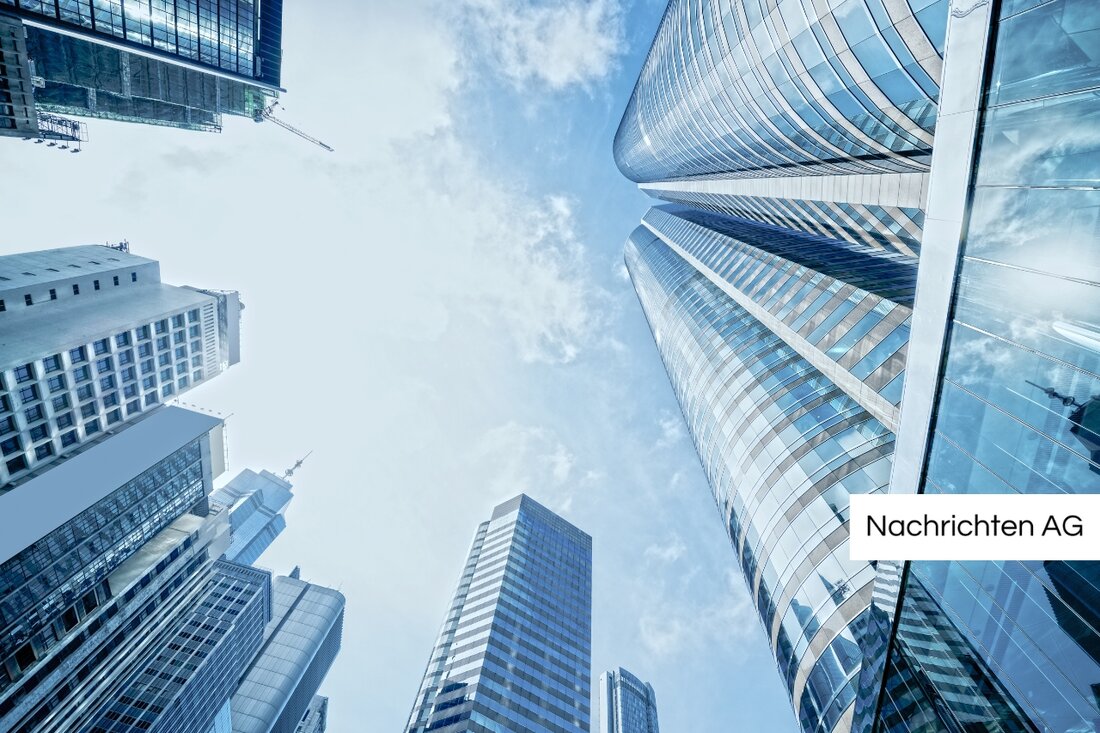Redesign of the Dominican Bastion: Finally more quality of life!
The redesign of the Dominican Bastion and Postgasse in the inner city will bring more shade, new seating and quality of life. 36 new trees were planted.

Redesign of the Dominican Bastion: Finally more quality of life!
The time has finally come: the redesign of the Dominican Bastion and Postgasse in the inner city is completed. This means that a long-overdue project has been implemented that not only enriches the cityscape, but also significantly increases the quality of life locally. The goal of these redesign measures is clear: more shade, new seating and a higher quality of life for the residents as well as the numerous tourists who flock to the inner city every day. How meinkreis.at reported, the measures also include the planting of 36 new trees, which will not only provide shade in the future, but also brighten up the surrounding area.
The construction sites that dominated the cityscape during the redesign were replaced by a traffic-calmed, green area. This ensures that the historical buildings come into focus again: the sidewalk extensions increase the visibility of these important cultural sites. The historic paving, also known as the Vienna Cube, was of course preserved, so that the charm of the city is preserved.
Collaboration and participation
A central concern in this project was the involvement of local residents. Before and during the construction work, comprehensive surveys and information events took place in which the population was actively involved. Mobility City Councilor Ulli Sima from the SPÖ and district leader Markus Figl from the ÖVP visited the construction site and were satisfied with the progress. Here it becomes clear that participatory planning processes are not just a buzzword, but are actually practiced.
Construction officially began in September 2024, but was delayed due to a parallel construction project. The first considerations for the redesign go back to 2019, which shows how long the topic of urban development has been on the agenda in Vienna. This transformation is part of a bigger picture as more and more people live in cities. Currently it is around 56% of the world's population, and the number will grow to 70% by 2050, according to information from kommunaldirekt.de.
Shaping a sustainable future
The redesign of the Dominican Bastion and Postgasse makes a valuable contribution to overcoming the challenges associated with urbanization. In order to continue to create lively and sustainable living spaces in the future, forward-looking planning is necessary. Important topics on the agenda include demographic change, mobility and the promotion of sustainable spatial planning. Events like BAU 2025, which will take place in Munich in January 2025, deal with the transformation of urban and rural areas and present innovative solutions.
The benefits of an ecological transformation are clear: not only a benefit for the environment, but also for the economy. The focus is on meaningfully adapting and upgrading existing buildings in order to promote harmonious coexistence in cities. Affordable housing and social integration are central aspects. The aim here is to develop new forms of living that encourage community and interaction.
In times when the boundaries between urban and rural areas are becoming increasingly blurred, it is important to look at the challenges that affect both living spaces together. The developments in the inner city are a good example of how well thought-out planning can contribute to a higher quality of life. With this redesign, Vienna is on the right track and is setting an example for sustainable, future-proof urban development.

 Suche
Suche
 Mein Konto
Mein Konto